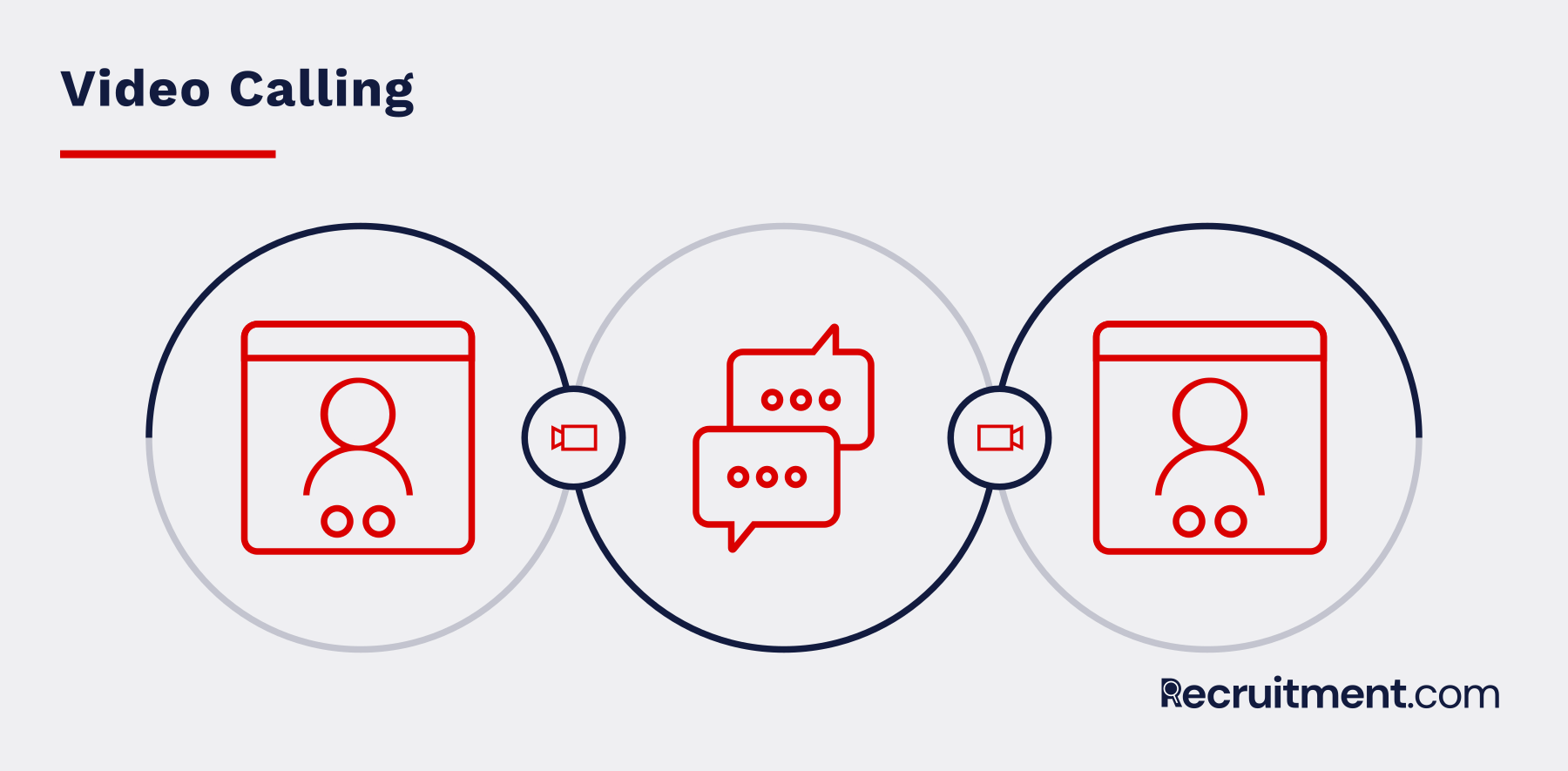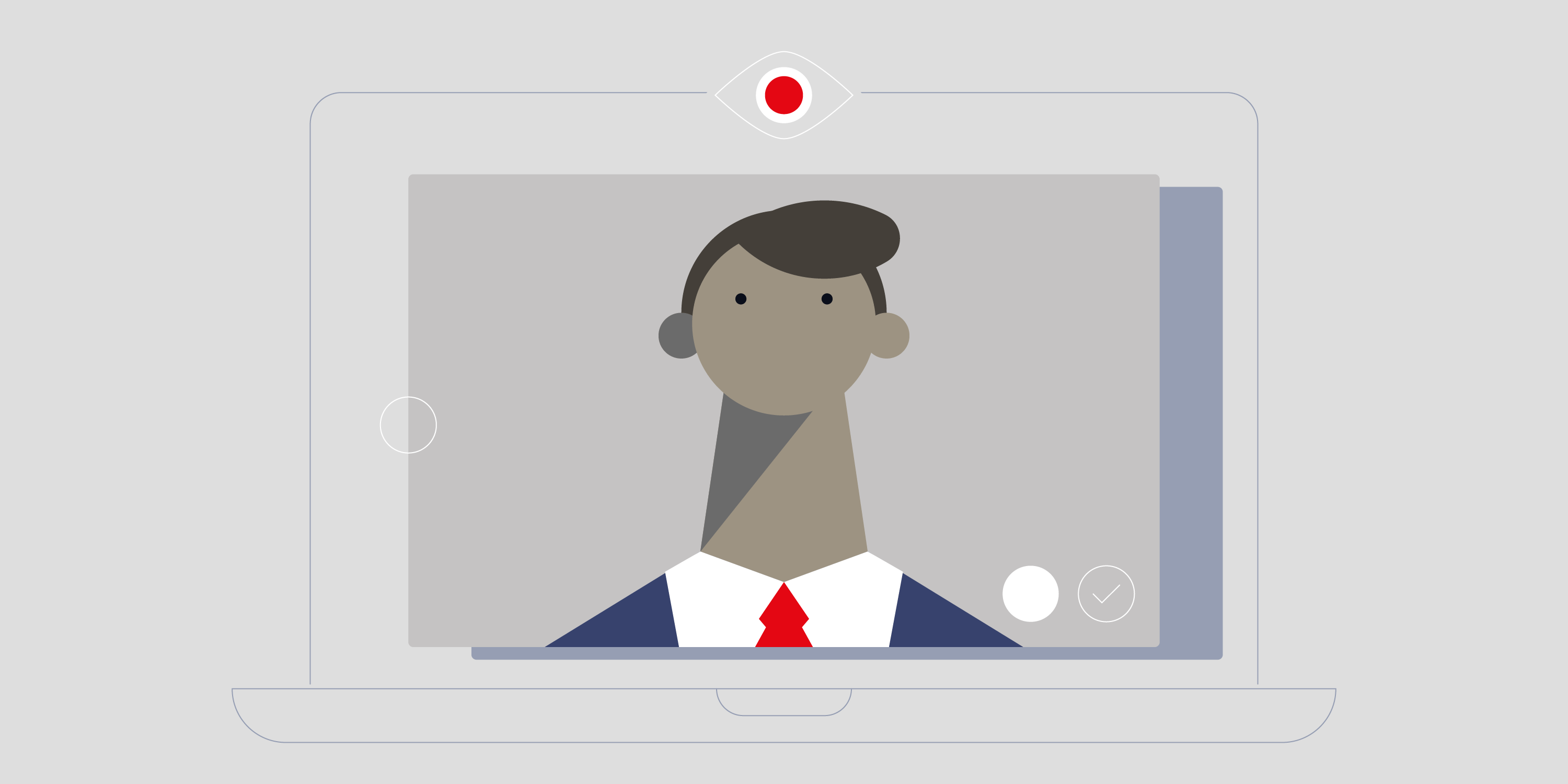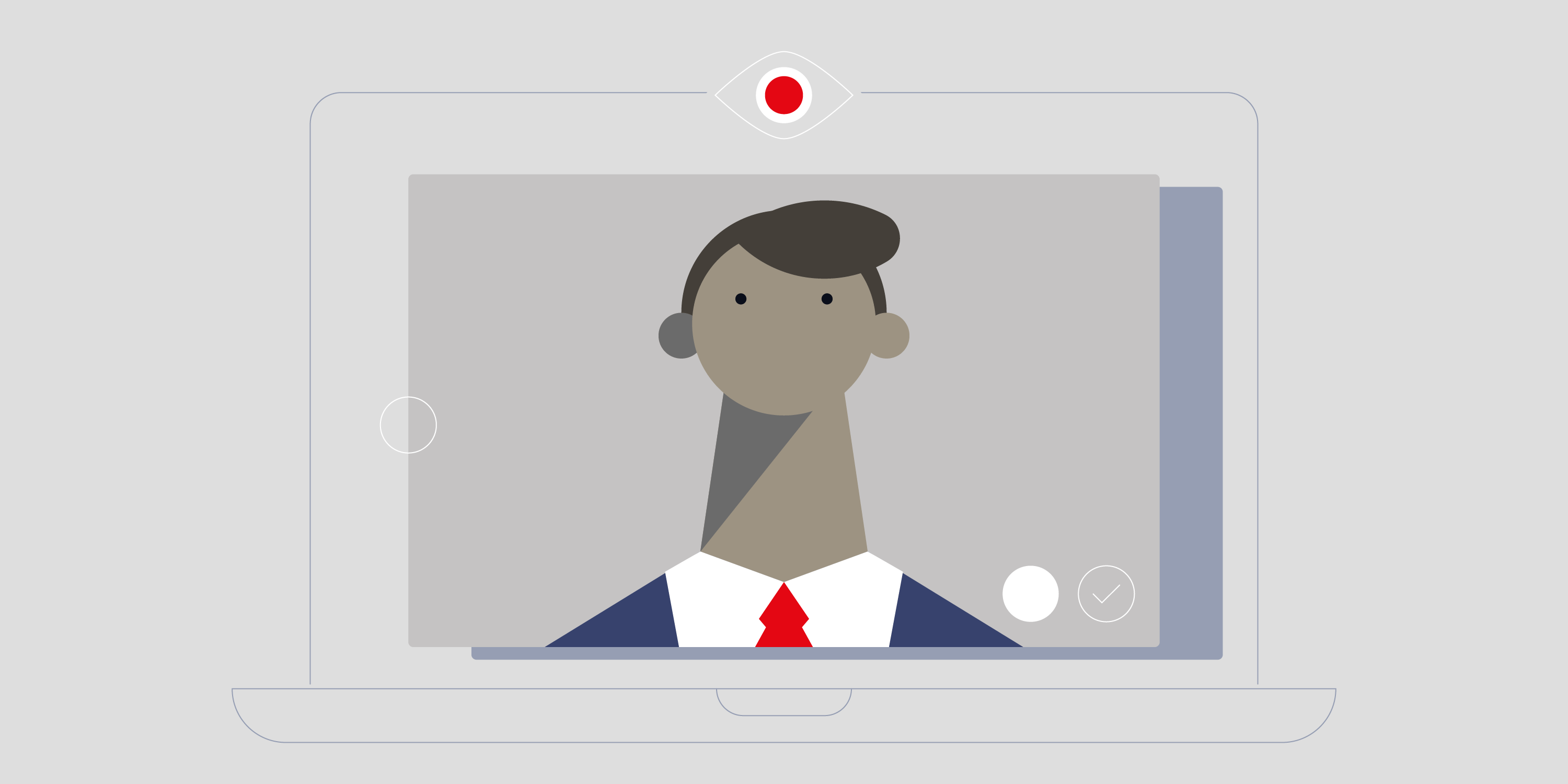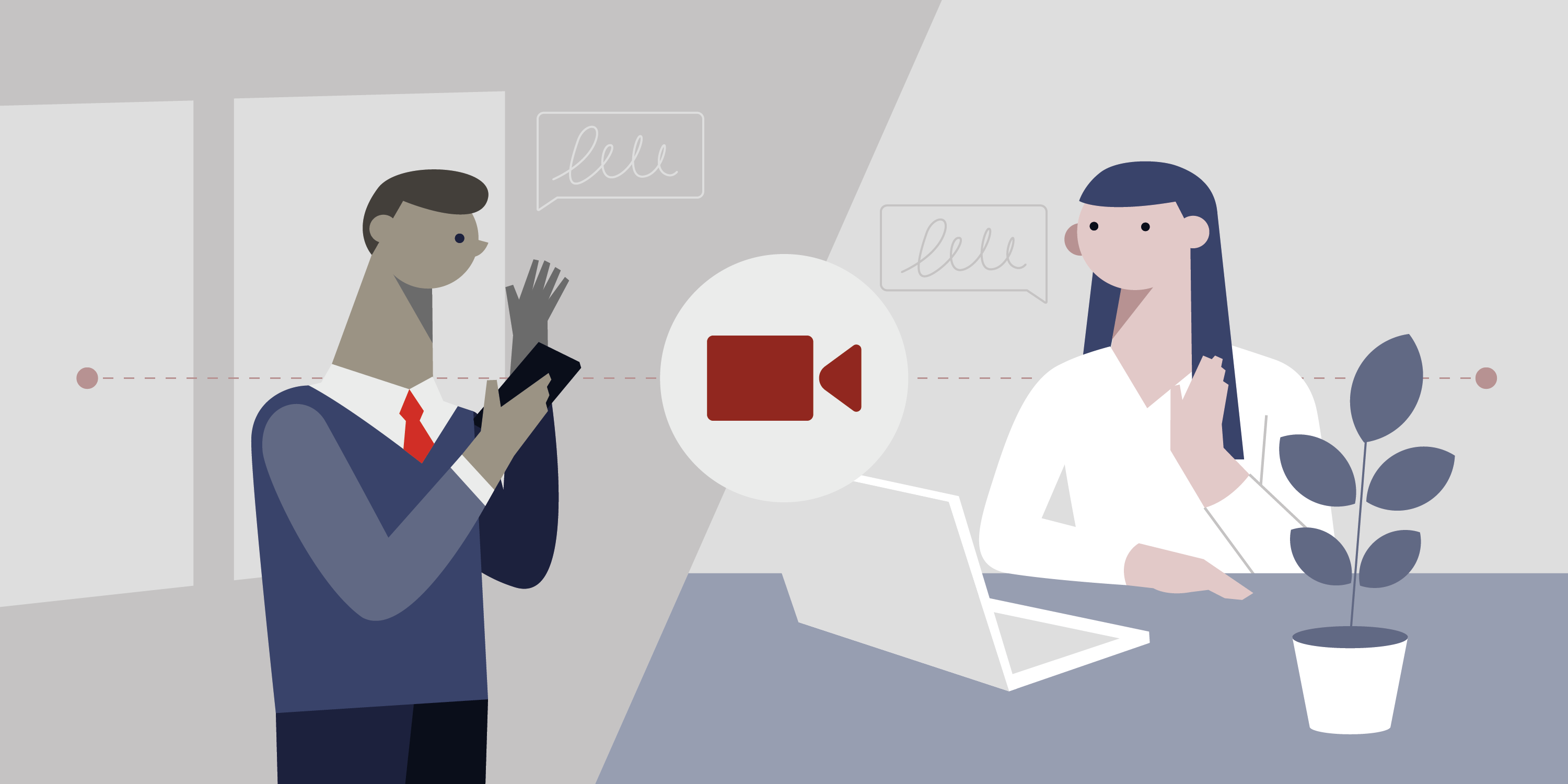How To Conduct Video Interviews For Remote Employees

Alisha Shibli has spent the past 10 years writing about human resources, technology, and e-commerce for publications around the world.
A growing number of organizations are adopting video interviews to enhance their recruitment process and hiring team’s collaboration. The technology has made it easier to find candidates across different cities and countries that help build a better employer brand.
The adoption of video technology is increasing swiftly. During the coronavirus, video interviews increased by 67 percent, a trend that is sure to continue as more recruiters and candidates become comfortable with the medium.
Studies show that almost 60% of recruiters and hiring managers are using video technology to hire new candidates. A survey of 506 companies showed that 47% of recruiters use video interviews to make the hiring process more time-efficient, and 22% showed interest in interviewing candidates across borders.
But with any new technology or strategy, video interviews have their own set of advantages and disadvantages.

Video Interview Advantages
1. Saves precious resources on applicant screening
Video interviews help save significant time in your usual screening and interviewing process. Reducing the number of face to face interviews can lead to significant cost savings. For instance, with video interviews, if you save about two hours per candidate when screening about 10,000 people annually; you could potentially save 20,000 hours a year. And time saved is money saved.
2. Introduces you to the real person behind the resume
Making a decision tends to get challenging when all the CVs and resumes flooding in looks identical. It may seem like you’re making a decision on a coin toss. Video interviews introduce you the real person behind the CV and give you meaningful insight into them. You can use that to screen candidates and, if need be, invite only the top ones for a face to face to ensure you hire the right person.
3. Helps you hire quickly and efficiently
Video interviews help create order out of chaos. It allows you to manage all applications in one place, make notes and ratings, and keep it all easily accessible to the entire recruiting team. Video interviews dissolve geographical constraints, reduces tedious paperwork, and saves tons of time and resources making the whole recruitment process a lot more efficient.
4. Increases transparency
Video interviews allow you to involve all the important stakeholders in the hiring process sans the trouble of coordinating schedules. By sharing the candidate information with all the relevant people in the organization and encouraging a transparent hiring process, you build trust and reduce and unconscious bias.
5. Improves your employer branding
A bad reputation may keep good candidates from applying to your company. Using modern technology to conduct fair and square interviews provides a great candidate experience. This will help the job seekers see your organization in a positive light and help improve your overall employer branding.

Video Interview Disadvantages
1. Candidates might feel awkward speaking to a camera
Not all candidates might feel comfortable recording themselves. This could negatively impact their performance. As a hiring manager, you must consider the entire profile when making a decision. If there are still doubts about the candidate’s qualification, take them to the next level where you can speak to them on a phone or arrange a face to face.
2. Technical glitches
This is a major variation between face to face and video interviews. The latter can get disrupted if the candidate is based in a remote location with connectivity issues. Recruiters may have a difficult time communicating with them. It’s important to address the issue of network connectivity and not reject a candidate because the call kept dropping. You may lose an extraordinary employee because the technical glitches made them nervous and lose confidence.
2. Poor picture quality
Poor quality of the call may disturb the conversation with the employers. There could be many reasons for bad picture quality such as bad network or bad lighting that makes the candidate look dull in the video.
Often jobs require a certain level of appeal and presentation which can be gauged best in a face to face interview where network and lighting cannot affect the picture quality. In such cases, video interviews can be best used to understand the qualification of the candidate.
3. Lack of knowledge about video calls
Most candidates are not aware of how to perform well in video interviews. Despite the instructions, candidates may not have the necessary device or plugin or application needed to conduct the interview. Lack of knowledge and infrastructure can lead to a failed interview.
Moreover, not many know whether to look in the camera or at the screen when talking to the other person. Video interviews require awareness and preparation otherwise they may not work.
4. Candidates may find it hard to relax
Often the nature of the video interview can make it difficult for the interviewee to relax and have a comfortable conversation. Videos may limit the possibility to be social and talking to a screen can affect their body language which can impact their performance.

On-Demand Interview Vs. Two-Way Video Interview: Which One Is Best?
There are two main types of video interviews: an on-demand interview where a candidate will upload a video assessment of themselves answering questions and a live interview, where the candidate is speaking directly to a recruiter.
In a competitive job market where along with the candidate showcasing their skills, the company too has to stand out to be considered, two-way video interviews are the best option.
In a one-way interview, the candidate is speaking to a device answering a bunch of predefined questions, sending them to a faceless HR, and hoping for a positive response.
Having not interacted with a human, this tactic makes the whole process mechanical and impersonal. According to a study done by Software Advice, 63% of job seekers will likely reject a job offer because of a bad candidate/interview experience.
A two-way video interview, on the other hand, puts the human element back in the hiring process. It allows recruiters to talk about the position and the company culture. A study conducted by Lighthouse Research stated that 57% of candidates prefer a two-way interview video over an on-demand video interview.
Besides the human elements, there are many other benefits to a two-way video interview:
- It allows for a true authentic conversation
- It increases the odds of a positive candidate experience
- It allows the hiring manager to gauge the candidate’s mannerisms, adaptability, and cultural fit
- It allows both sides to demonstrate their competencies
Video Interview Tips
Despite all the pros and cons, video interviews have made the hiring process a lot more efficient and time savings. However, follow these simple tips, to ensure that you get the most out of them.
1. Discuss with the candidate and set a time
While this may seem obvious, often confusion arises when the other party is either traveling or living in a different time zone. Always specify the time zone and send a Google Calendar request to cover all ground.
2. Be mindful of your setting
How and where you conduct the interview says a lot about your company culture and values. Pick a setting that is professional and make sure that there are minimum distractions around. Squeezing in an interview while buying groceries won’t do you any favors.
3. Get the technology right
Tech glitches are often one of the most common reasons why video interviews don’t do well. Communicate the technology you’ll be using to the candidate. Ask them to test it out in advance to minimize any struggle during the interview.
4. Prep your questions in advance
As someone who is conducting an interview, it is expected of you to go through the candidate’s profile and experiences and have relevant questions in place. In an interview, the interviewee is studying you just as much as you are studying them. Therefore, it is crucial that you don’t look unprepared.
5. Have a scribe
While conducting an interview, have someone around to take down notes with their mic on mute. This helps you stay focused on the conversation and saves the awkward interruption as you jot down points. Some video chat applications come with a record feature. Keep the responsibilities in check, record the interviews to share it later with other decision-makers.
6. Limit small talk
It’s important to make the candidate feel comfortable and relaxed, however, try to keep the conversation on-topic. Going astray a lot may make you come across as unprofessional as if you’re not taking the interview seriously enough.
7. End it properly
At the end of the interview, don’t leave the other person confused. Discuss the next step and let them what to expect and when would be a proper time to follow-up. Be clear about the next steps—your candidates will appreciate it.
Conclusion: You Can Master Video Interviews
Conducting video interviews is a skill and mastering it will allow you access to a growing number of highly skilled individuals who prefer working remotely or freelancing. This means when you hire someone for a project or a full-time job, the video interview might be the only time you’ll get to meet candidate before they start working with you.
- Is your company comfortable with video interviews?
- What tips can you use when conducting video interviews?

Alisha Shibli has spent the past 10 years writing about human resources, technology, and e-commerce for publications around the world.






